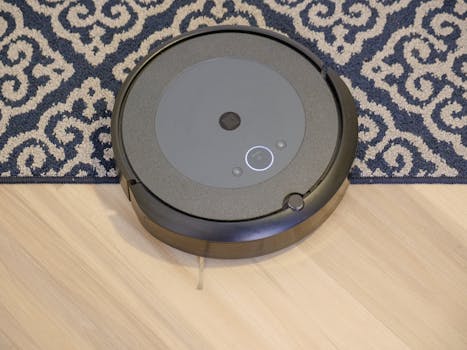
Smart Homes and Smart Living: The Technological Transformation of European Homes by 2025
Introduction to Smart Homes and Smart Living
Smart Homes and Smart Living: The Technological Transformation of European Homes by 2025 is a revolutionary concept that is changing the way we live, work, and interact with our surroundings. With the increasing demand for convenience, sustainability, and energy efficiency, smart homes and smart living have become the buzzwords in the European real estate market.
The concept of smart homes and smart living involves the integration of advanced technologies, such as the Internet of Things (IoT), artificial intelligence (AI), and data analytics, to create a seamless and automated living experience. From smart thermostats and lighting systems to security cameras and voice assistants, European homes are being equipped with cutting-edge technologies to make life easier, more convenient, and sustainable.
The Benefits of Smart Homes and Smart Living
The benefits of smart homes and smart living are numerous. Some of the most significant advantages include:
- Energy efficiency: Smart homes and smart living enable residents to monitor and control their energy consumption, reducing waste and saving money.
- Increased convenience: With smart homes and smart living, residents can control various aspects of their homes, such as lighting, temperature, and security, with just a few clicks on their smartphones.
- Enhanced safety and security: Smart homes and smart living provide advanced security features, such as motion detectors and video cameras, to ensure the safety and security of residents.
- Improved health and wellness: Smart homes and smart living can be designed to promote health and wellness, with features such as air quality monitoring and automated lighting systems that simulate natural daylight.
The Technological Transformation of European Homes by 2025
By 2025, European homes will be equipped with advanced technologies, making life easier, more convenient, and sustainable. Some of the key technological transformations that will shape the future of European homes include:
- Artificial intelligence (AI): AI will play a significant role in smart homes and smart living, enabling residents to control and automate various aspects of their homes.
- Internet of Things (IoT): The IoT will connect various devices and systems in European homes, enabling seamless communication and automation.
- Data analytics: Data analytics will be used to monitor and optimize energy consumption, security, and other aspects of smart homes and smart living.
- 5G and 6G networks: The deployment of 5G and 6G networks will enable faster and more reliable connectivity, supporting the growth of smart homes and smart living.
Conclusion
In conclusion, the technological transformation of European homes by 2025 will be driven by the increasing demand for convenience, sustainability, and energy efficiency. With the integration of advanced technologies, such as AI, IoT, and data analytics, smart homes and smart living will become the norm, making life easier, more convenient, and sustainable for residents.






